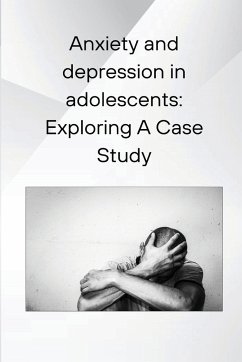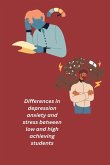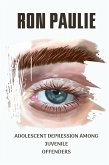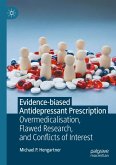Depression and social anxiety increase in prevalence during adolescence and are linked to long-term difficulties. The aetiology of increased onset of depression and social anxiety during adolescence is likely to be complex, encompassing social, biological and neuropsychological factors. The present study aimed to investigate some of these factors, in terms of parental attachment, stage of puberty and emotional lateralization. One hundred children aged 9 to 14 undertook the chimeric faces test, evaluating their lateralization for facial emotion processing. Children also completed self-report measures to assess their levels of depression and social anxiety, stage of puberty and parental attachment. Data were entered into hierarchical regression analyses, with either depression or social anxiety as outcome variables. Known predictors were entered at Block one with emotional lateralization, stage of puberty and parental attachment entered at Block two. Interactions between laterality, attachment and puberty were entered into Block three. The results showed that higher parental attachment trust was linked to higher depression scores. Furthermore, the interaction between laterality and parental attachment trust was also shown to be a significant predictor. This revealed that higher attachment trust scores were predictive only when children had bi-lateral or left hemisphere lateralization for emotional processing. For social anxiety, both higher parental attachment trust and parental attachment alienation were linked to higher social anxiety scores. There was no effect of the interactions for social anxiety. Additionally there was no unique effect of puberty or lateralization for either depression or social anxiety. The results provide insight into the complex aetiology of depression and social anxiety, suggesting that they are related to similar but subtly different predictors. The study also revealed that social factors were more important than either biological or neuropsychological factors, suggesting targets for clinical intervention when working with young children and adolescents with depression and social anxiety.
Hinweis: Dieser Artikel kann nur an eine deutsche Lieferadresse ausgeliefert werden.
Hinweis: Dieser Artikel kann nur an eine deutsche Lieferadresse ausgeliefert werden.








